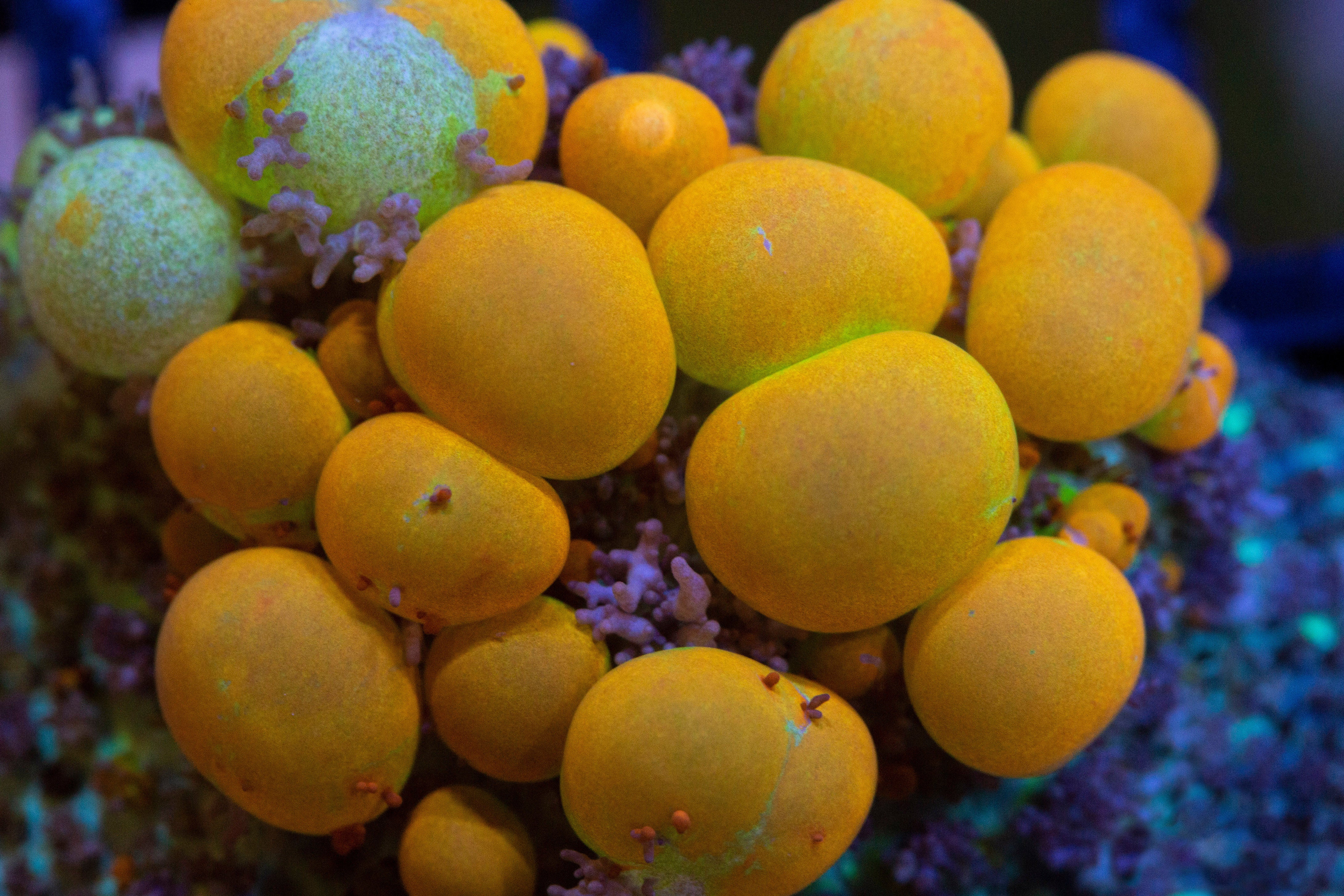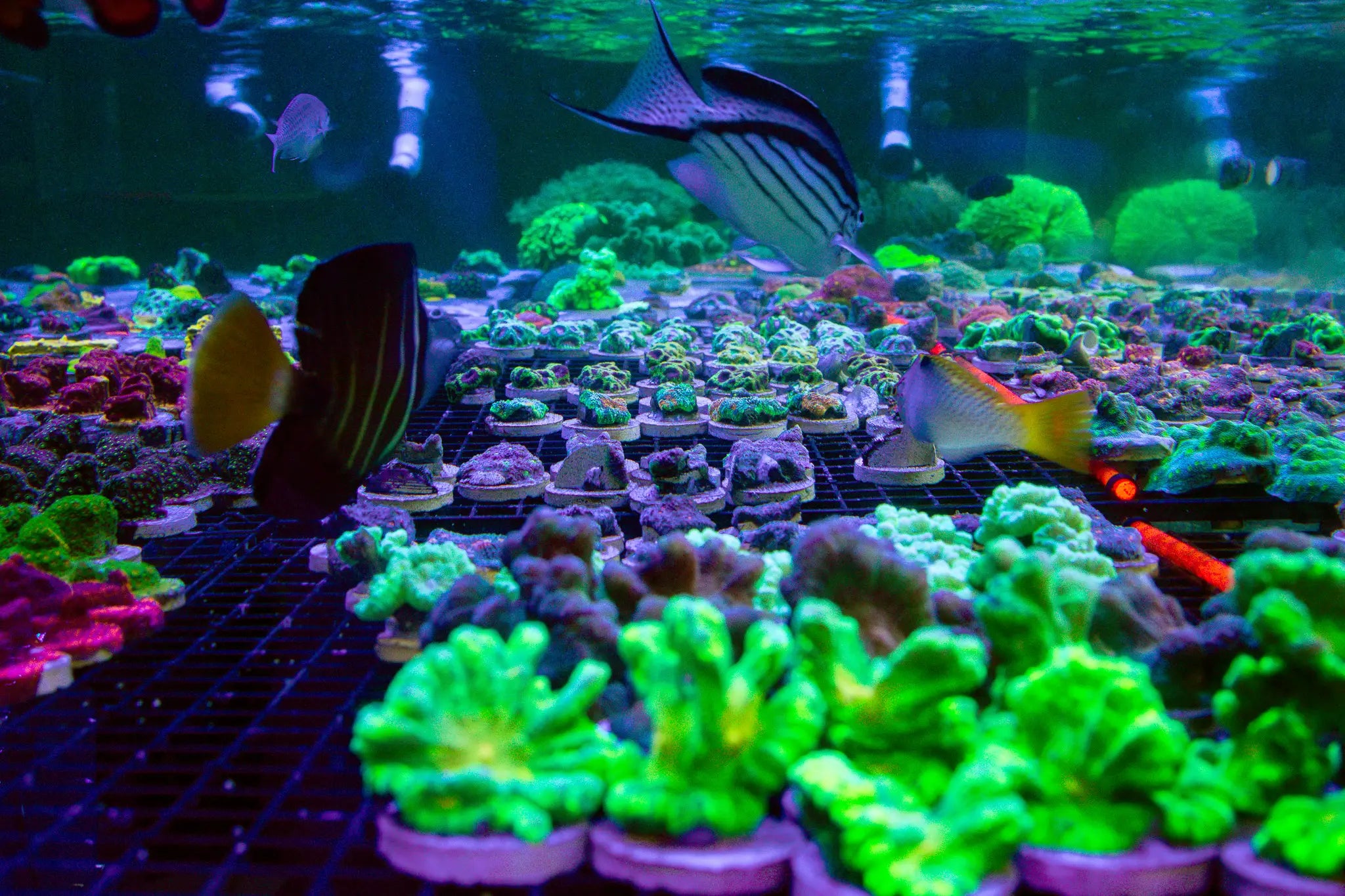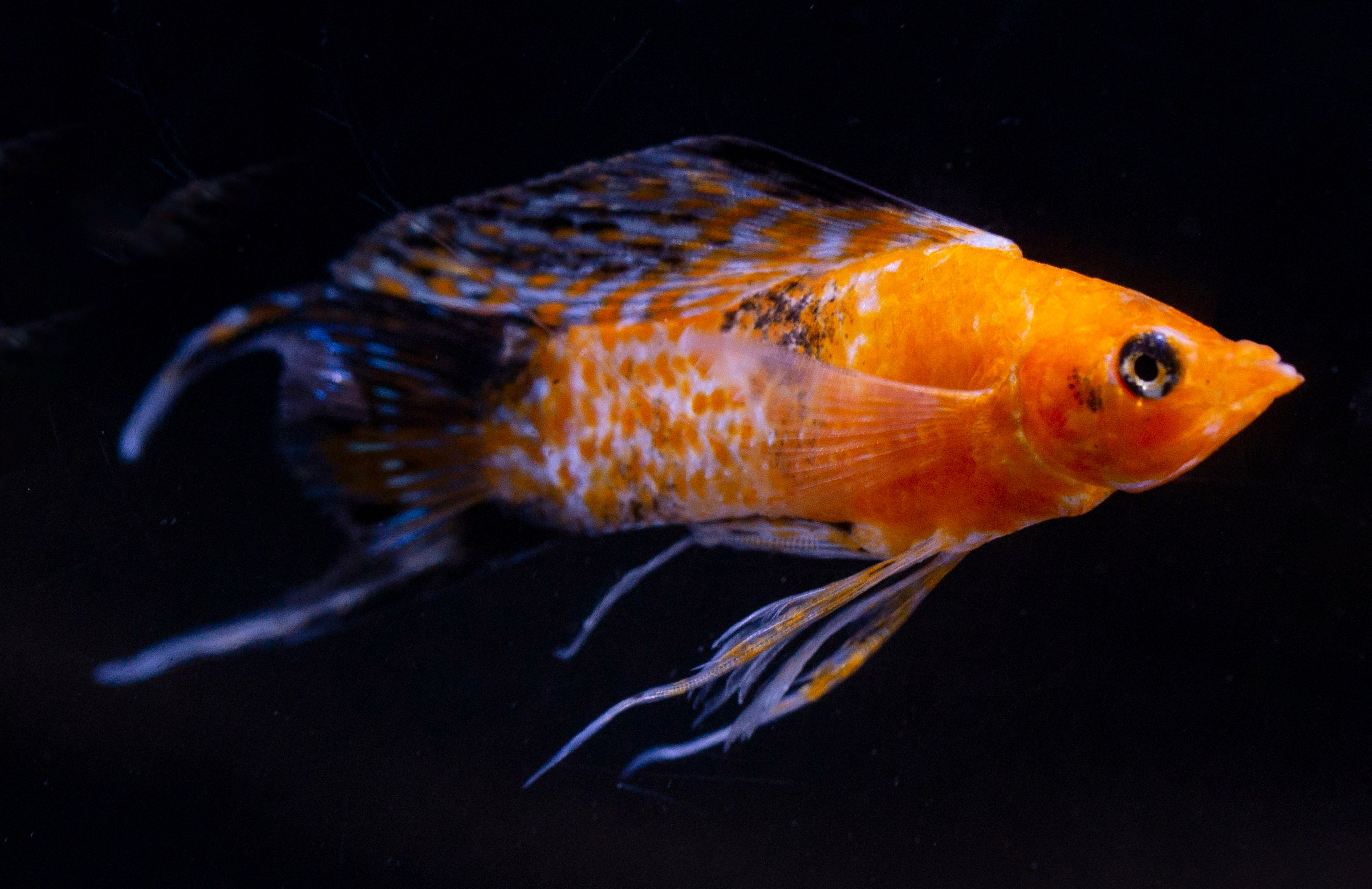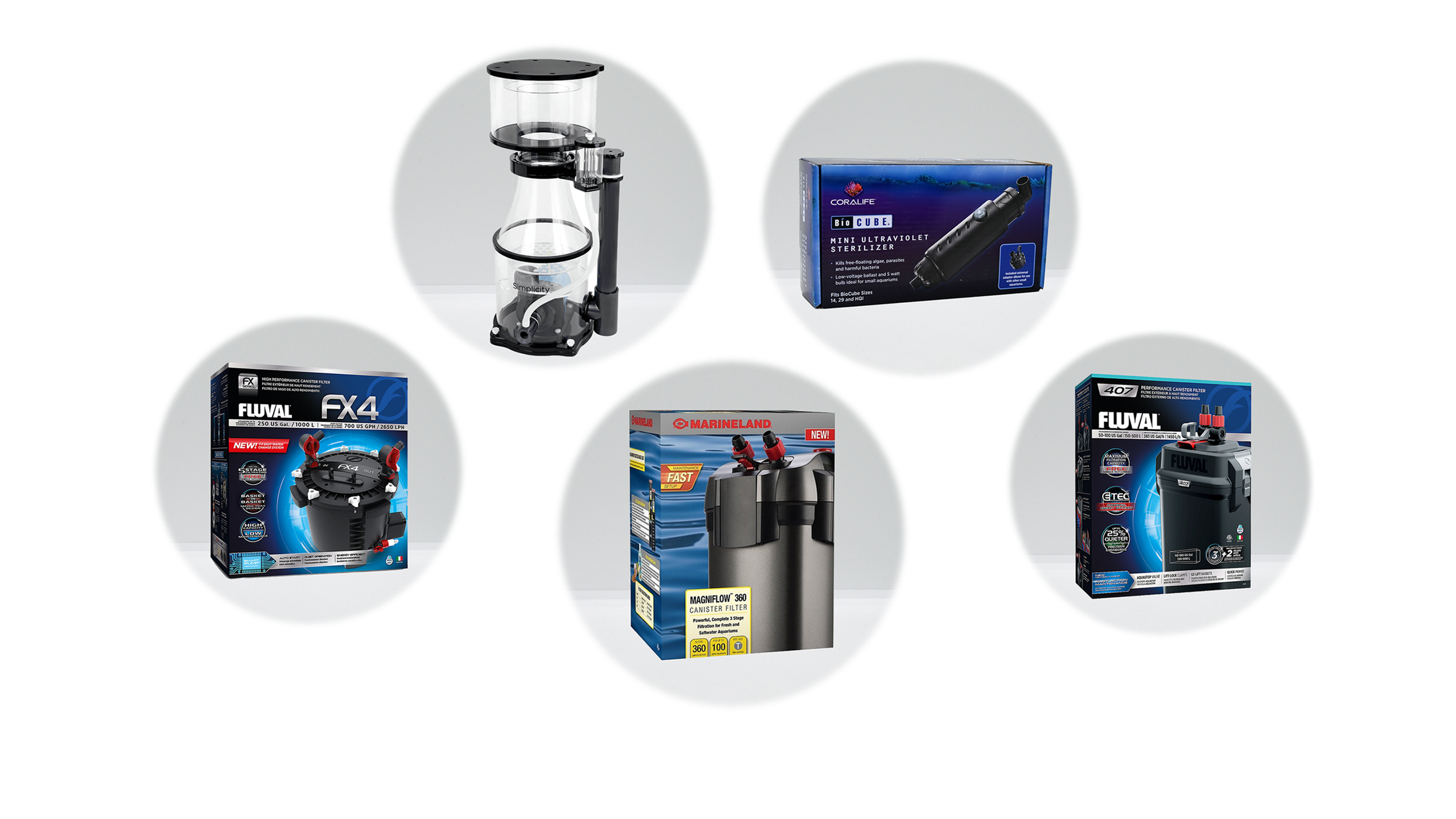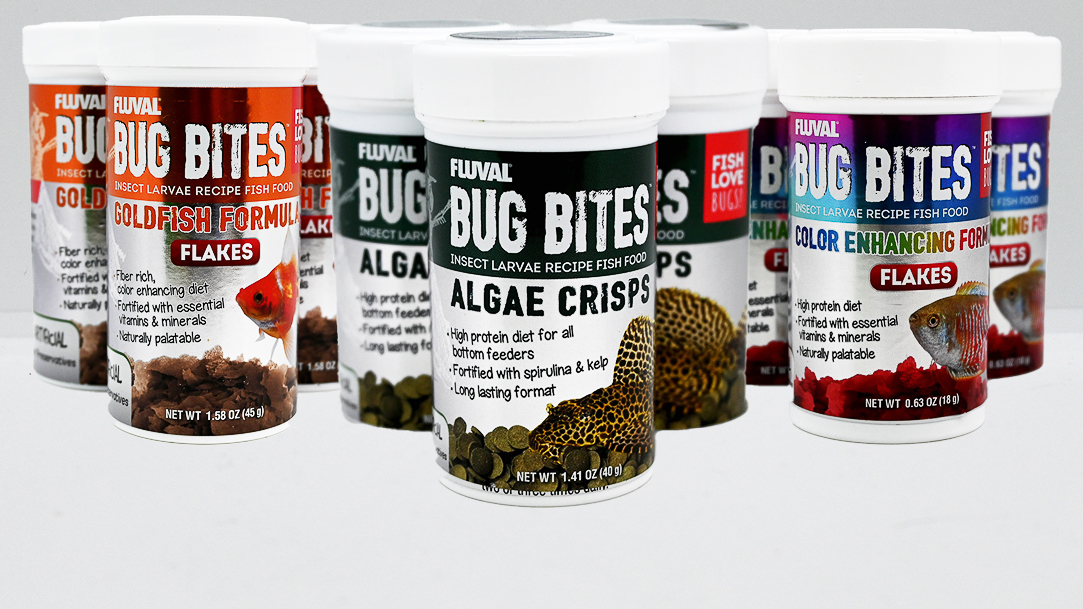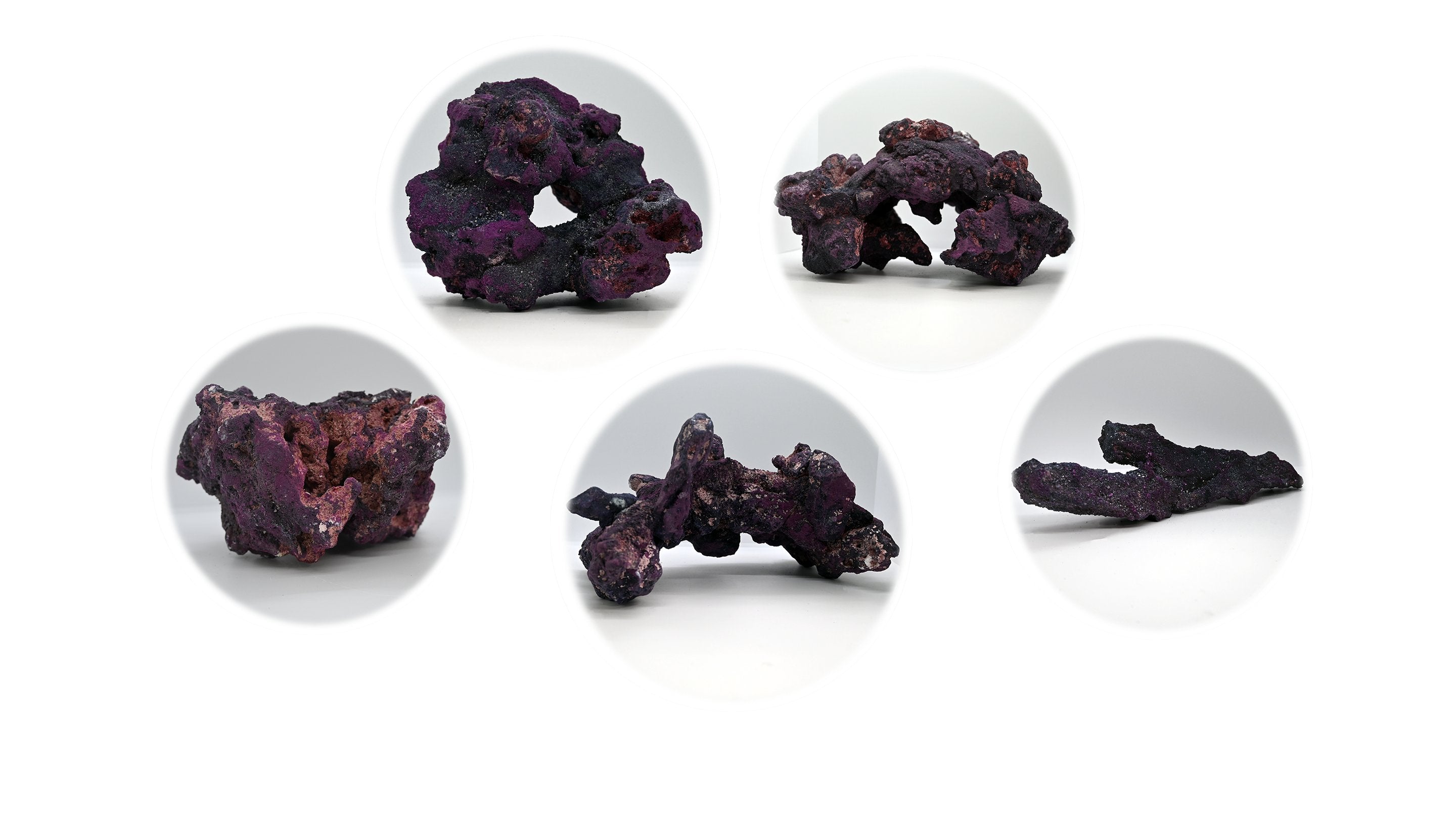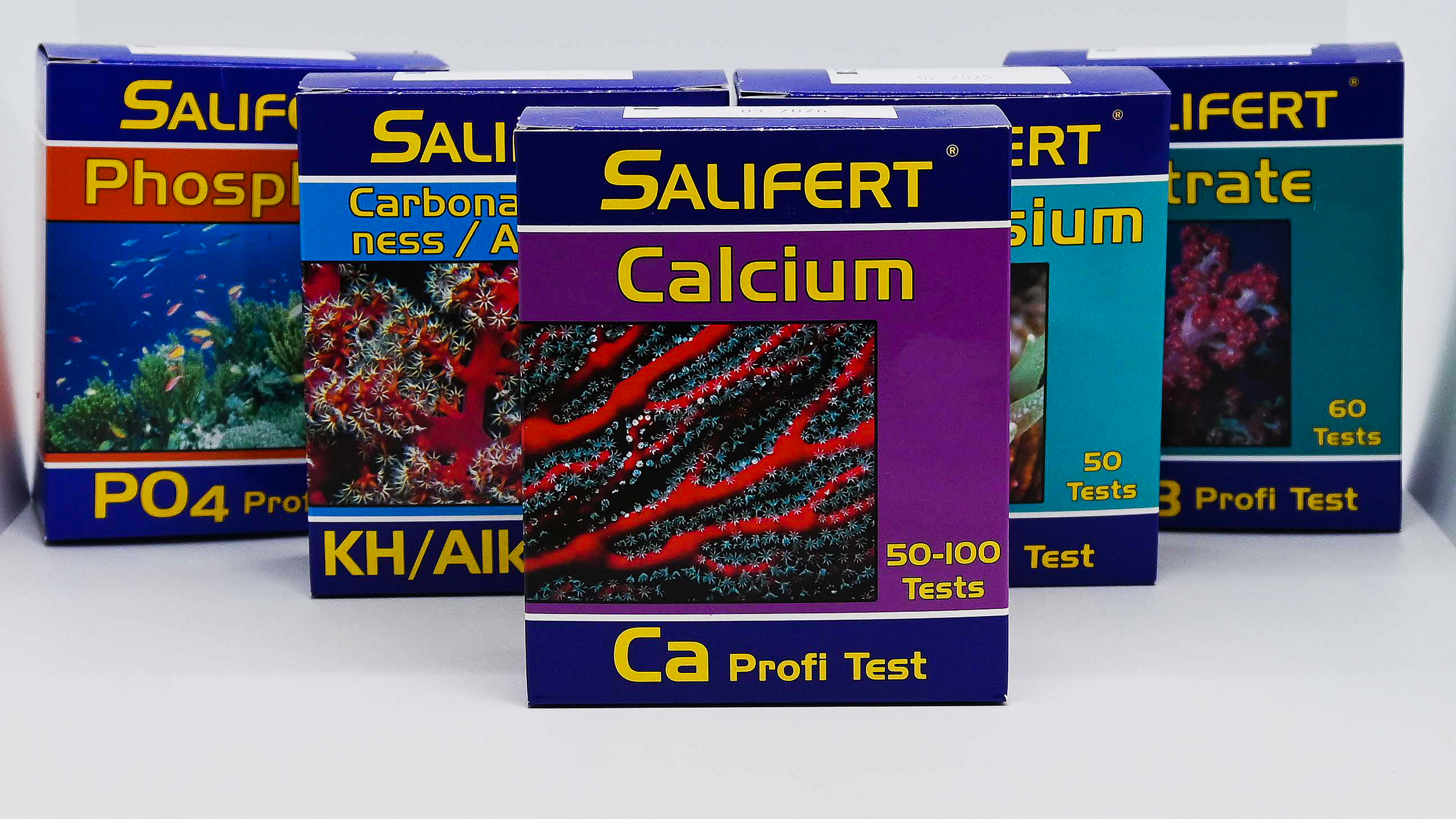
Niger Triggerfish - Odonus niger
- In stock, ready to ship
- Backordered, shipping soon
Meet the Niger Triggerfish (Odonus niger): A Colorful Addition to Your Marine Aquarium
Dive into the vibrant world of the Niger Triggerfish (Odonus niger), a captivating marine fish known for its striking appearance and lively colors. Native to the Indo-Pacific region, particularly in the Red Sea and the Indian Ocean, this triggerfish brings a touch of the tropics to your aquatic habitat.
Key Features:
1. Eye-catching Coloration: The Niger Triggerfish displays a mix of colors, including an blue-green face, and a predominantly deep blue body. This unique color combination makes it stand out in any marine aquarium.
2. Graceful and Agile: With its sleek, elongated body and agile movements, the Niger Triggerfish is an elegant swimmer. Its confident demeanor and distinct appearance make it an attractive addition to your aquarium.
3. Native Habitat: Originating from the clear waters of the Indo-Pacific, including the Red Sea and the Indian Ocean, Niger Triggerfish thrive in tropical marine habitats with moderate water flow and coral reefs.
4. Ideal Tank Size and Maximum Size: It's recommended to have a tank of at least 100 gallons (378 liters) to accommodate the Niger Triggerfish. They can grow up to a maximum size of approximately 16 inches (40 cm), so sufficient space is crucial for their well-being.
Care Instructions:
-
Tank Setup: Maintain a well-established marine aquarium with enough space and rocks for hiding spots. Keep the water temperature between 76-80°F (23-28°C) and salinity levels at 1.023-1.025.
-
Feeding: Offer a diverse diet including marine flakes, pellets, frozen foods, and occasional live or frozen shrimp to fulfill their nutritional requirements.
-
Compatibility: Niger Triggerfish can coexist with various marine fish but may show aggression towards other triggerfish or less aggressive species. They are generally considered not reef safe due to their habit of eating inverts and potential for nipping at corals.





